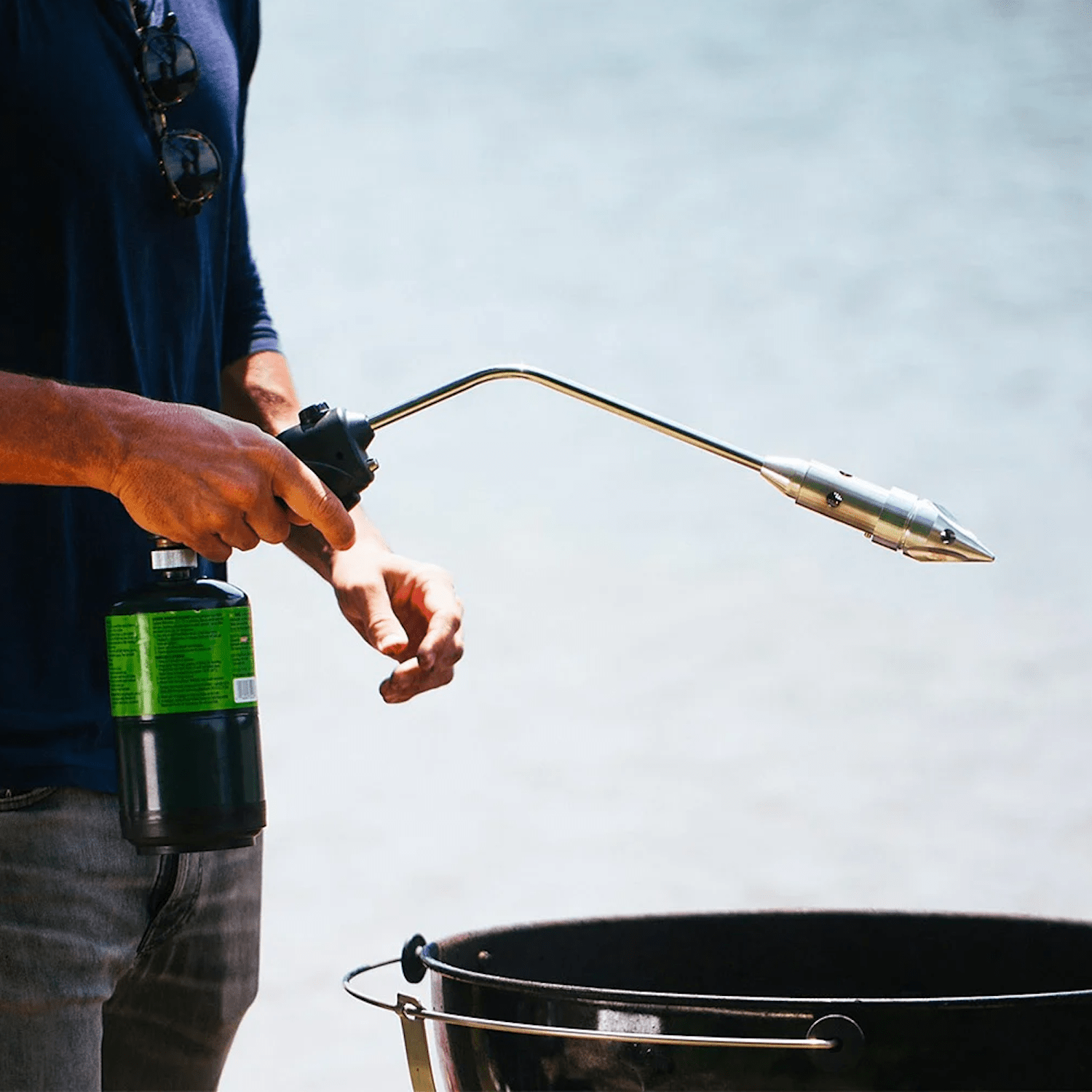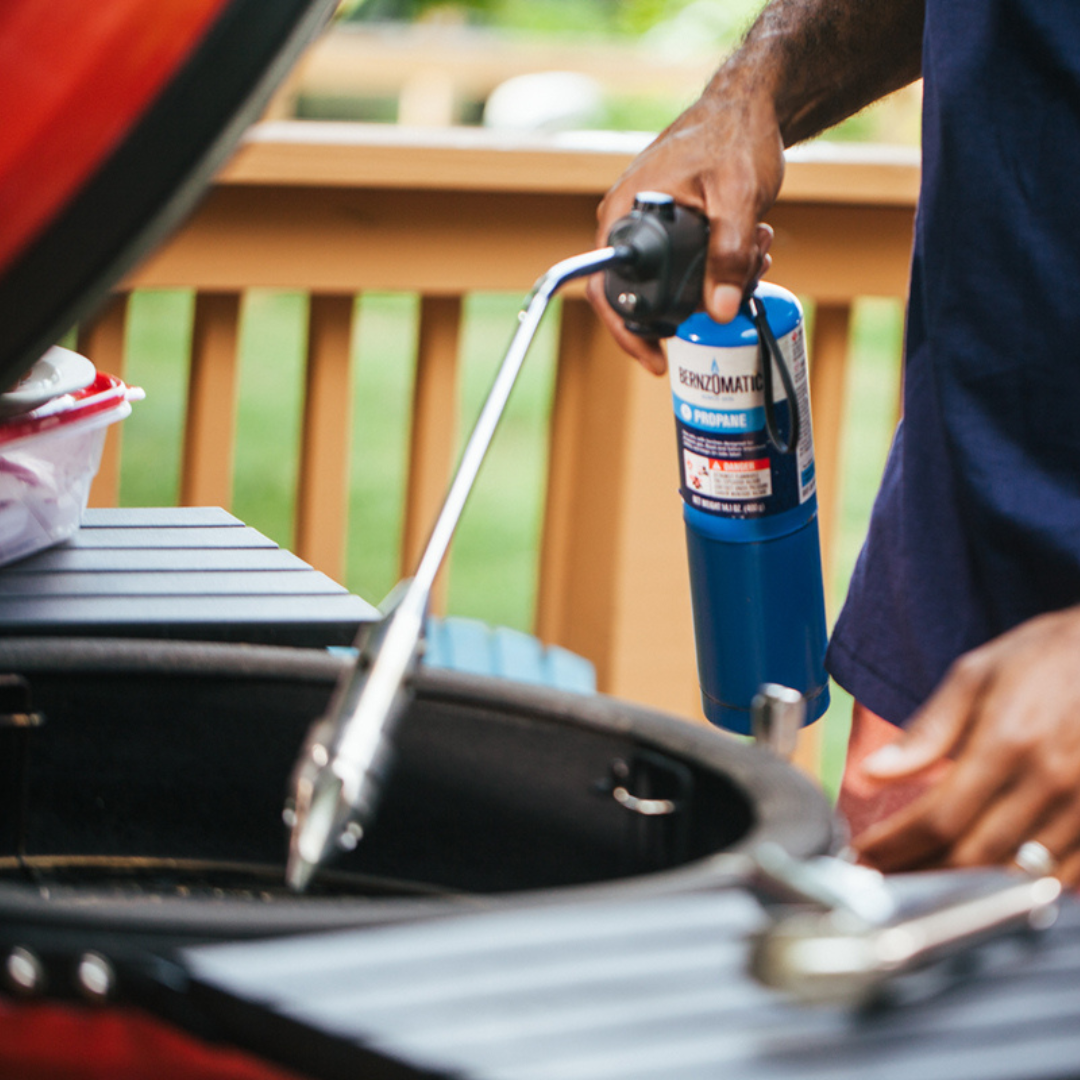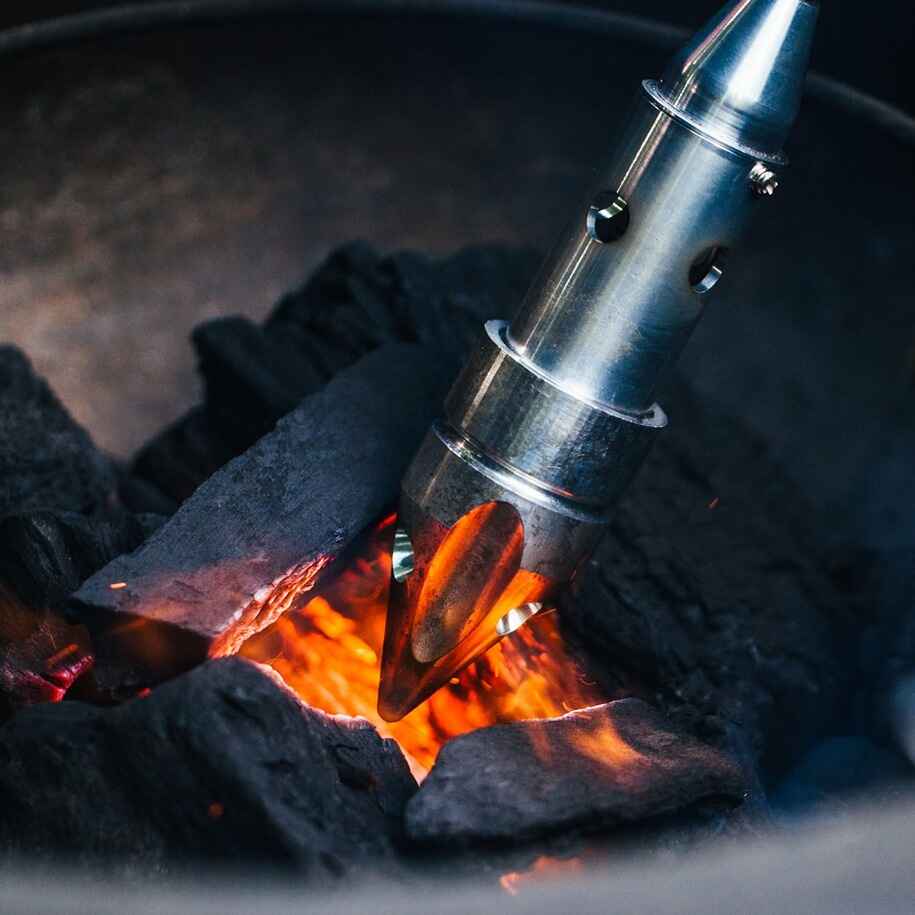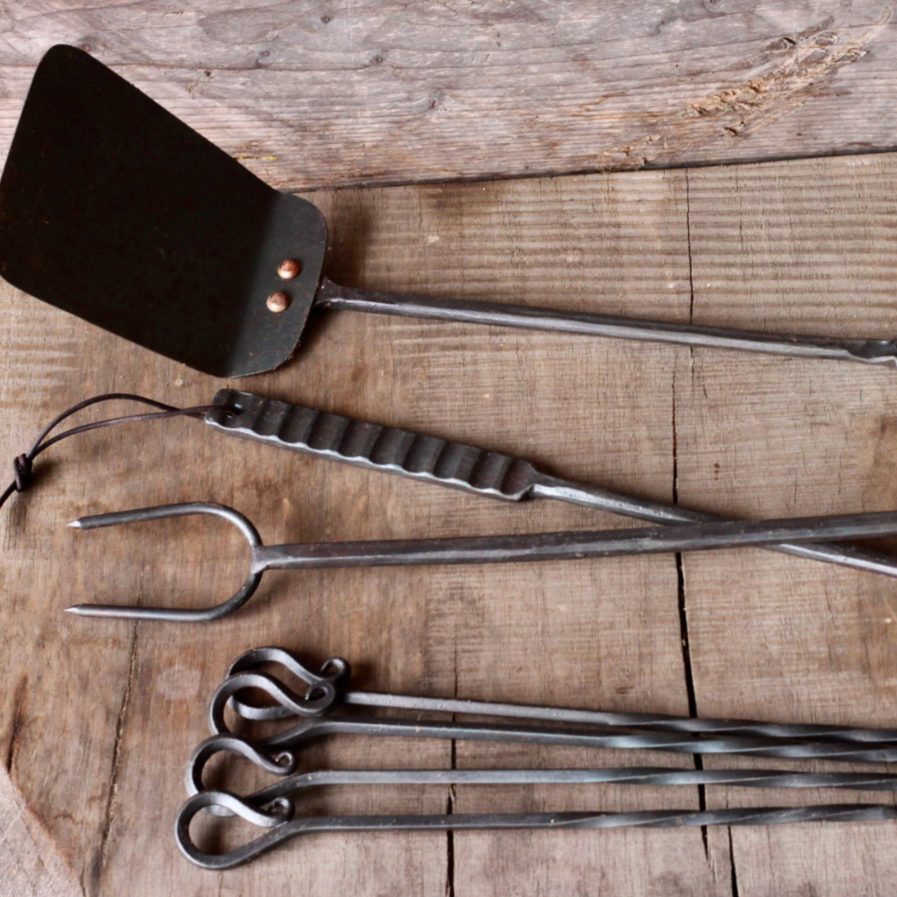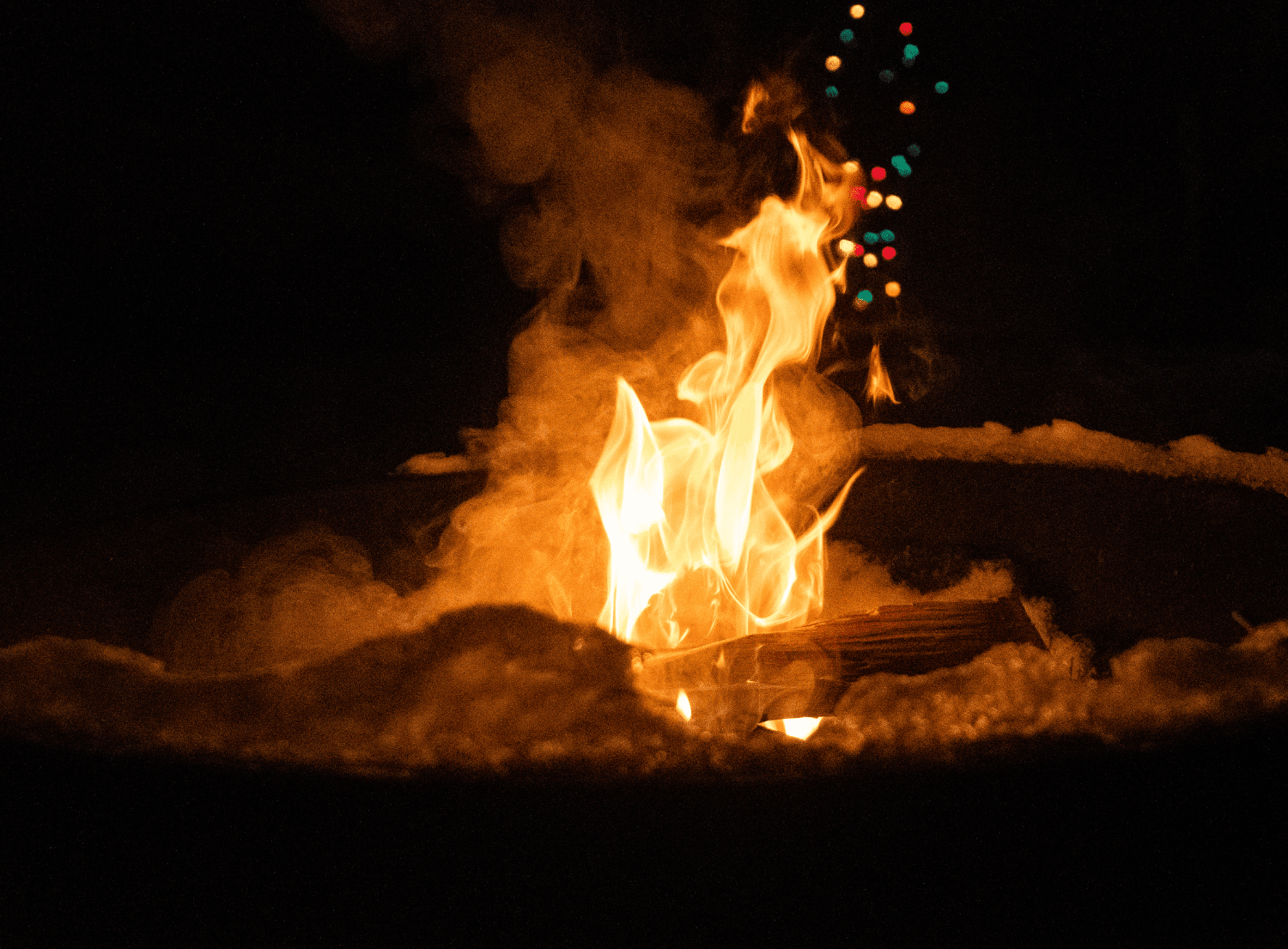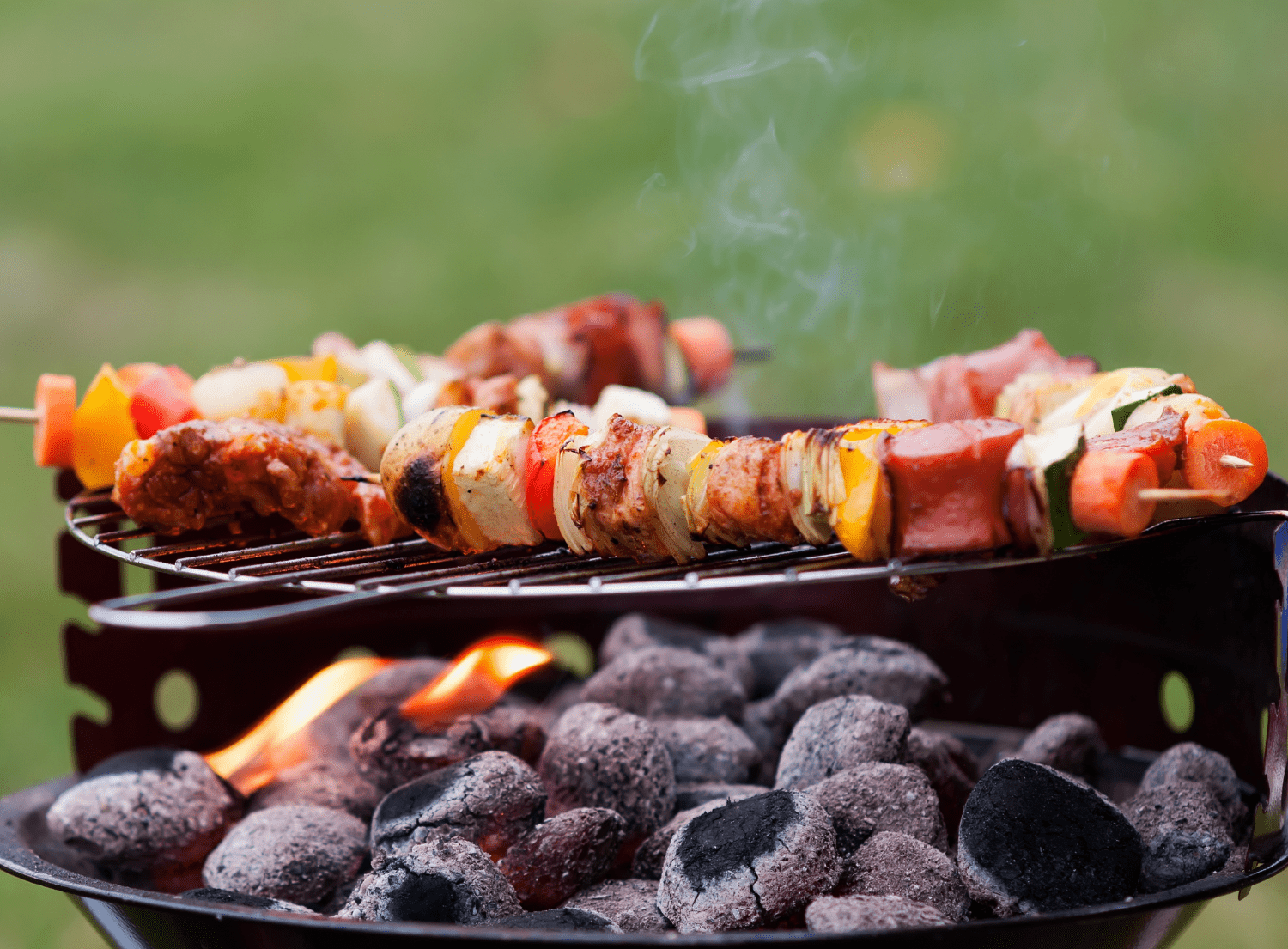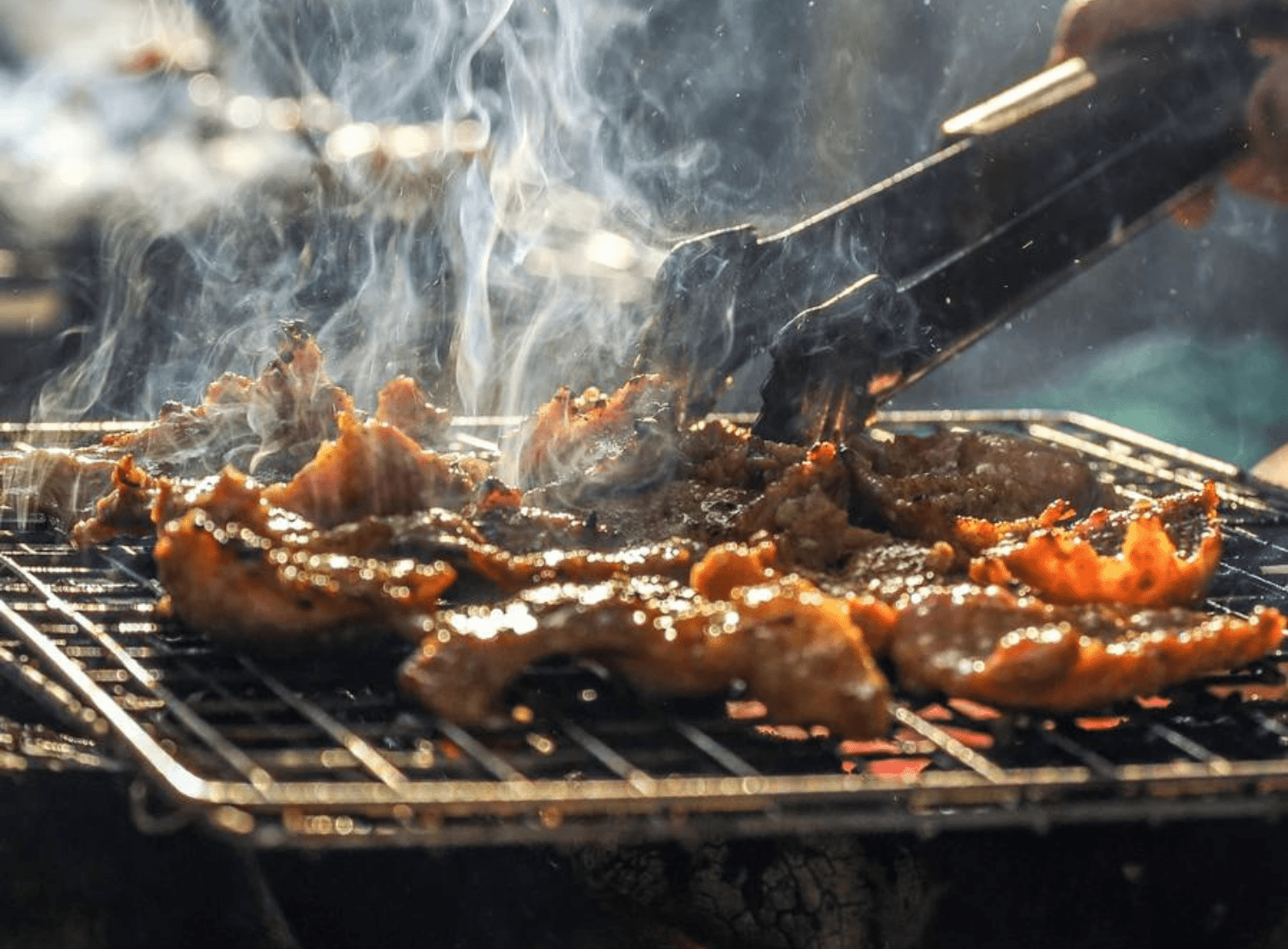A fire pit is a delightful addition to any outdoor space. It provides warmth, ambiance, and a gathering point for friends and family, but if your fire pit produces excessive smoke, it can quickly turn your cozy evening into a smoky nightmare.
While it's not possible to create a completely smokeless fire pit, you can significantly reduce excess smoke by following some simple tips and tricks, such as choosing the appropriate type of firewood and ensuring your firewood is thoroughly dry.
In this comprehensive guide, we will delve into the causes of excessive smoke in a fire pit and explore effective strategies to reduce or eliminate this frustrating issue.
Understanding the Causes of Excessive Smoke
Wet Wood
One of the primary reasons for a smoky fire pit is burning wet or green wood. Wood that hasn't been properly seasoned or dried contains a high moisture content. When you ignite wet wood, the heat is used to evaporate the moisture, leading to a substantial increase in smoke production.
Inefficient Burning from Insufficient Air Supply
Fire needs oxygen to burn efficiently. If your fire pit doesn't allow for proper air circulation, it can lead to more smoke since the fire lacks sufficient oxygen to burn the wood completely. Inadequate airflow can result from a poorly designed fire pit or simply not providing enough ventilation.
Poorly Maintained Fire Pit
Neglecting your fire pit's cleanliness can also contribute to excessive smoke. A dirty fire pit filled with ashes, debris, or unburned logs can obstruct airflow, causing more smoke and less efficient burning.
Wrong Type of Wood
The type of wood you choose matters. Some woods, like pine, release more smoke than others when burned. Using the wrong wood can lead to a smokier fire pit.
Moisture Content
Even seasoned firewood can become damp if stored improperly, leading to increased smoke production. Kiln-dried firewood, which has been dried in a controlled environment, typically has lower moisture content and produces less smoke.
Excess Wood
Overloading your fire pit with too much wood can overwhelm the fire, resulting in incomplete combustion and increased smoke.
How to Reduce Fire Pit Smoke
As stated earlier, it's not possible to completely get rid of fire pit smoke but there are ways you can significantly reduce excess smoke.
Use Seasoned Firewood
Opt for well-seasoned firewood with a low moisture content. This wood ignites more easily and produces less smoke.
You can also look into building a charcoal fire pit in your backyard.
Proper Ventilation
Ensure that your fire pit has adequate ventilation to allow for sufficient airflow. Clean the pit regularly to prevent obstructions.
The Log Cabin Method
Arrange your firewood in a log cabin structure with gaps between the logs to promote airflow. This method helps the wood burn more efficiently and produces less smoke.
Choose the Right Wood
Consider using specially designed smokeless firewood if you want a fire pit that produces as little firepit smoke as possible. These include hardwoods like cherry, maple, and oak. Using these as your main fuel can lead to a cleaner burn and help reduce fire pit smoke compared to softwoods like pine or cedar.
Keep Your Fire Pit Clean
Regularly remove ashes, debris, and unburned logs from your fire pit to maintain optimal airflow and combustion.
Kiln-Dried Firewood
Invest in kiln-dried firewood, which typically has a lower moisture content, burns hotter, and produces less smoke.
Burn Hot and Clean
Build a hot fire with well-placed logs to ensure complete combustion and minimize smoke production.
Avoid Damp Wood
Never burn damp or wet wood, as it will release excess moisture as steam, resulting in more firepit smoke.
Burn Debris Carefully
If you burn yard debris or other materials, do so cautiously and in accordance with local regulations. Ensure the material is dry to minimize smoke.
The Easiest Way to Light Your Fire Pit
For a quick and easy way to light your fire pit without the need for matches or lighter fluid, the RocketFire Torch is your best bet. It requires no kindling, liquids or lighter fluid and can ignite wood or charcoal in seconds. The Tri-Flame Cone Tip ensures even flame distribution, making lighting faster and more consistent. Its stainless steel tip spreads flames wider, creating a 60-degree tri-flame spread. You can also remove the tip for a 10-inch flame, perfect for sous vide cooking at your summer BBQ. Plus, it leaves no chemical taste, ensuring your food is both delicious and flavorful. It's also much easier to use than a campfire smoker. It also helps keep your fire burning longer.
Enjoying your Fire Pit
Enjoying a fire pit doesn't have to mean enduring excessive smoke and a nasty smell. By understanding the factors that contribute to smoke production and implementing the right techniques, you can create a fire pit experience that is both enjoyable and as smoke-free as possible.

